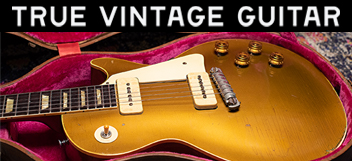ourmaninthenorth
Well-known member
- Joined
- Mar 28, 2009
- Messages
- 7,129
I have been collecting NOS tubes for quite a while.
I have spent some money in the 'nuclear' options area.
The old military GE, RCA, Mullard and Raytheon are my primaries.
And quite a few "off branded" tubes because of it which were supposedly put out by the biggies but branded for consumer use?
Now I am playing with some cheaper NOS tubes that need adapters to work in the areas I need them.
I am finding some real surprises there.
I have been very happy with how they sound.
But I will admit that some new ones are not bad at all.
Which new production's in particular Ren?





